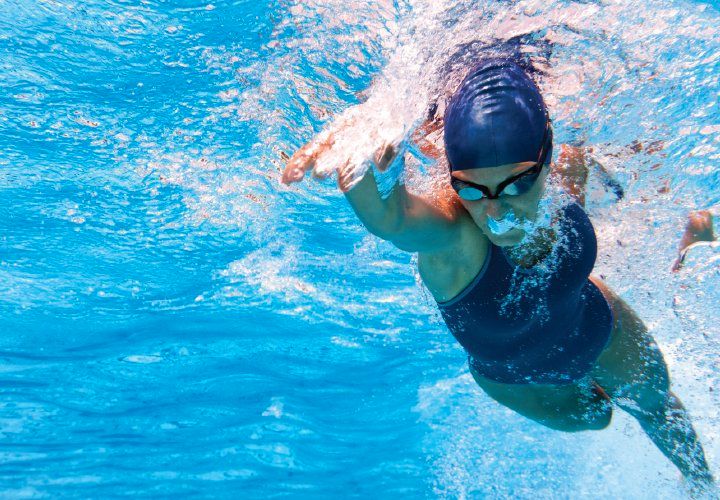Safety Strategies for the Use of Swimming Pools
Safety strategies for the use of swimming pools
Below is a selection of rules that, in my opinion, help prevent accidents. But I will say you need a lifeguard's supervision and lifeguard training. For this, it is important to respect them and make them respected. Of course, they are general guidelines that do not necessarily apply to all swimming pools or aquatic environments. Nor is it intended to be a finished list, albeit an extensive one, since new guidelines can always be added to improve the use of swimming pools.
Before entering the water, know the local regulations and the depth levels of the pool.
Respect the areas marked as danger or deep areas.
Never swim alone (always in the presence of someone who can help us or ask for help).
The fact that the child knows how to swim does not exclude the responsible vigilance of the adult. If this is not possible you can hire a lifeguard by American lifeguard events.
Do not run around the pool (if you slip, you may hit your head and fall unconscious into the water).
The swimmer has “right of way” with respect to the one who is entering the water.
Swim on the right side of the cableway.
Do not rely solely on floating elements with a student who does not know how to float. Said elements can deflate, invert their position and that of their user, or the user can unintentionally disengage from it.
Colder water tends to cause more cramps.
A person's stay in the water should end when the person begins to cool down (see lip color, skin color, tremors).
If there is sinusitis or middle ear infection or other nasal conditions, do not repeatedly dive standing up.
Transmit personal hygiene habits: shower before entering the water, dry well at the end of class.
Avoid swimming within an hour after a large meal, strenuous activity, or heavy sweating.
Do not enter the water of an outdoor pool during a thunderstorm.
Do not play push others into the water.
Do not "play" to ask for help or to drown.
Do not use the trampoline or platform without proper authorization and supervision.
You can also send your child for lifeguard training near me to become a professional lifeguard.
Check the type and conditions of the floor (slippery), the type of edge, if the water is cloudy (allows little visibility of the bottom and hinders rescue maneuvers) and the temperature of the water before starting each class.
Keep the educational material tidy around the pool so as not to hinder the passage.
Recommend the use of flip flops both around the pool and in the changing rooms to avoid slipping and for hygiene reasons.
Do not dive headlong or standing in the lower area of the pool.
The teacher must prepare the material that will be used during the class before the start of it, so as not to neglect his students when they have already entered the swimming pool.
When the groups are assembled by levels, when in doubt, “level down”.
The rules of the place must be clearly legible even for people with visual difficulties.
Adapt the facilities for people in wheelchairs.
Limit the use of the pool based on: age, height, overweight, medical history, physical condition, limitations due to the use of drugs or alcohol.
Do not allow the use of inappropriate clothing, jewelry, glasses.
Enforce the places indicated for the entrances and exits of the swimming pool.
In open water (sea, lake, river) it is added: do not jump into unknown waters, do not swim across a mighty river, do not swim or dive near boats, do not use overloads, do not enter electrical storms.
In conclusion
It is known that the swimming class, when carried out in a medium such as water, offers an intrinsic playful component, since the mere fact of being in the water is usually pleasant and pleasant, beyond the activity that is being carried out. doing. It is enough to see the joy with which the children attend the swimming class or look forward to swimming pool time in the holiday camps. And how hard, sometimes, to "start" the children from the water when we end the lifeguard class. Voluntary contact with the water of a swimming pool or a natural environment (the sea, a river, or a lake), generates well-being as long as the person does not detect any situation of danger or discomfort. Teachers must take advantage of these conditions that water offers us, to make the class a positive learning space,

Appreciate the creator